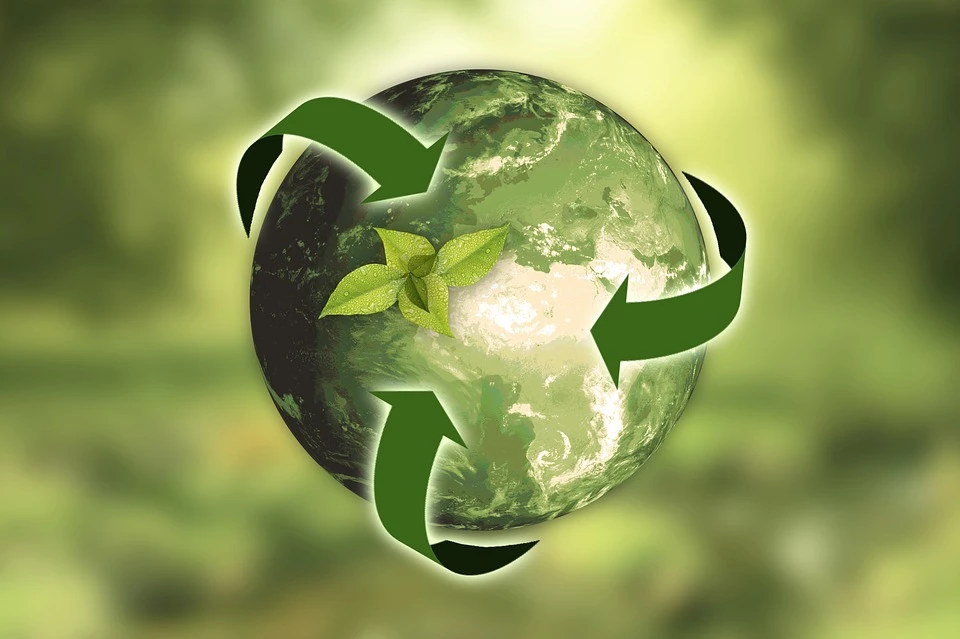
Partner Article
Catastrophe bonds are not contributing to sustainable financial markets
Financial markets often offer innovations aimed at addressing environmental or societal issues: emissions trading, carbon credits, biodiversity offsetting, etc. But, what do they really achieve? A new study carried out by emlyon business school shows that resorting to “CAT bonds” (catastrophe bonds*) to insure losses caused by extreme climate events, only makes investors richer. Researchers showed that CAT bond models systematically overestimate risks and artificially inflate returns for investors.
This study was carried out by Bernard Forgues, Professor of Strategy at emlyon business school, in collaboration with Dror Etzion, from McGill University, and Emmanuel Kypraios from Maynooth University. Researchers looked at whether or not it was possible to rely on financial innovation to address unprecedented issues and contribute to achieving the UN Sustainable Development Goals (SDGs). They focused on CAT bonds which transfer a specified set of risks, usually related to extreme weather events, from a sponsor to investors.
Method used – Researchers compiled a comprehensive list of all CAT bonds ever issued since their conception in 1996, to March 2016. In total, they established a database of 383 deals, of which they assessed the forecast accuracy. Interest rates of these bonds are based on highly sophisticated predictive models, taking into account the probability of occurrence of some natural disaster, its economic impact etc. They compared data with those of the 10 CAT bonds that have been triggered and thus caused capital losses to investors.
Results – Despite cutting-edge expertise in different scientific fields (climate, geology, engineering, actuarial science etc.), the highly sophisticated models used for CAT bonds are no better than guesswork. CAT bonds systematically overestimate risks, thereby artificially inflating returns for CAT bond holders. Money collected on this market, far from being channelled towards natural disaster risk coverage, only serves to boost profit for big investors.
Bernard Forgues says,
“CAT bond models cannot forecast accurately extreme climate events. Their predictive power turned out to be low and is showing no sign of becoming any better over time. Regardless, the market continues to consistently grow, bar a dip around the time of the global financial crisis. The interesting thing is however, that market actors are entirely aware of modeling inaccuracy, yet still continue to be active in the market”.
For the researchers, the success of CAT bonds shows that financial innovations designed to tackle environmental and sustainability issues are in fact focused on increasing profit for investors. The study also shows that the CAT bond returns are driven largely by economic factors.
Bernard Forgues adds,
“If financial innovations such as CAT bonds are to be used to tackle the SDGs, they should be designed robustly, with mechanisms that incentivise actors to truly create social value”.
To that effect, the researchers suggest that we should consider designing tools and markets that discourage excessive profit-making and encourage sustainable development. Instruments like CAT bonds, customarily structured as private placements, should be traded via open markets. While no panacea, it would be a first step towards a less obscure and more inclusive market.
- Catastrophe bonds, also called “CAT bonds,” are usually issued by insurers or reinsurers to transfer extreme natural catastrophe risk to capital markets.
This was posted in Bdaily's Members' News section by Peter Remon .








 A year of resilience, growth and collaboration
A year of resilience, growth and collaboration
 Apprenticeships: Lower standards risk safety
Apprenticeships: Lower standards risk safety
 Keeping it reel: Creating video in an authenticity era
Keeping it reel: Creating video in an authenticity era
 Budget: Creating a more vibrant market economy
Budget: Creating a more vibrant market economy
 Celebrating excellence and community support
Celebrating excellence and community support
 The value of nurturing homegrown innovation
The value of nurturing homegrown innovation
 A dynamic, fair and innovative economy
A dynamic, fair and innovative economy
 Navigating the property investment market
Navigating the property investment market
 Have stock markets peaked? Tune out the noise
Have stock markets peaked? Tune out the noise
 Will the Employment Rights Bill cost too much?
Will the Employment Rights Bill cost too much?
 A game-changing move for digital-first innovators
A game-changing move for digital-first innovators
 Confidence the missing ingredient for growth
Confidence the missing ingredient for growth